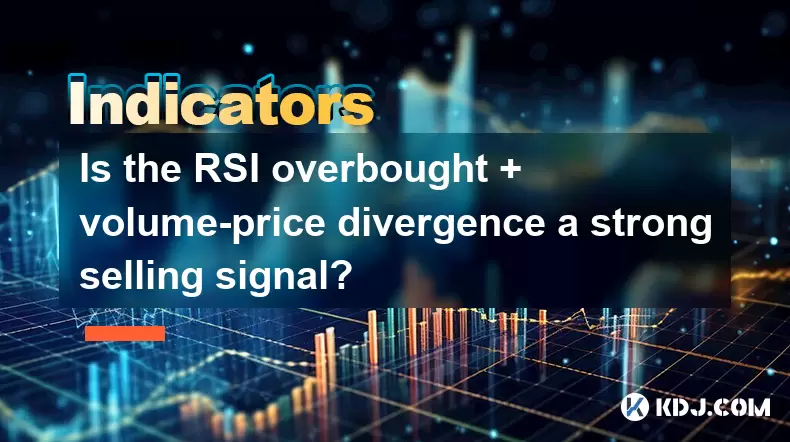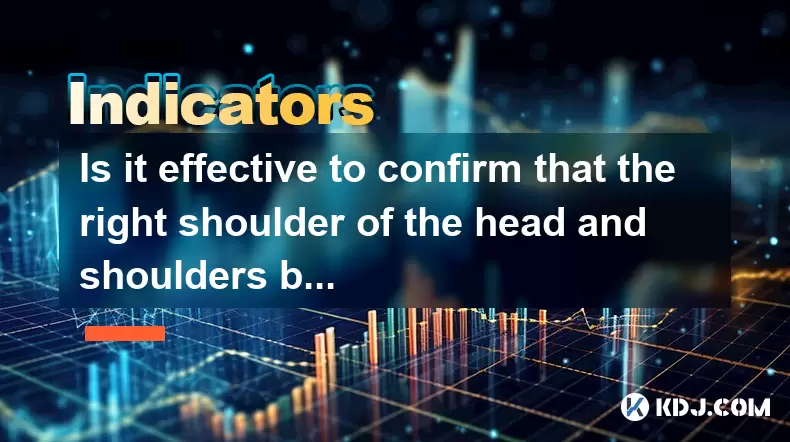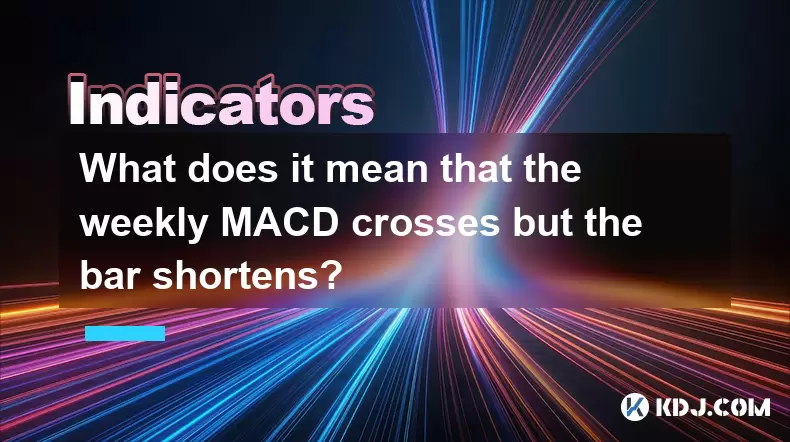-
 Bitcoin
Bitcoin $106,754.6083
1.33% -
 Ethereum
Ethereum $2,625.8249
3.80% -
 Tether USDt
Tether USDt $1.0001
-0.03% -
 XRP
XRP $2.1891
1.67% -
 BNB
BNB $654.5220
0.66% -
 Solana
Solana $156.9428
7.28% -
 USDC
USDC $0.9998
0.00% -
 Dogecoin
Dogecoin $0.1780
1.14% -
 TRON
TRON $0.2706
-0.16% -
 Cardano
Cardano $0.6470
2.77% -
 Hyperliquid
Hyperliquid $44.6467
10.24% -
 Sui
Sui $3.1128
3.86% -
 Bitcoin Cash
Bitcoin Cash $455.7646
3.00% -
 Chainlink
Chainlink $13.6858
4.08% -
 UNUS SED LEO
UNUS SED LEO $9.2682
0.21% -
 Avalanche
Avalanche $19.7433
3.79% -
 Stellar
Stellar $0.2616
1.64% -
 Toncoin
Toncoin $3.0222
2.19% -
 Shiba Inu
Shiba Inu $0.0...01220
1.49% -
 Hedera
Hedera $0.1580
2.75% -
 Litecoin
Litecoin $87.4964
2.29% -
 Polkadot
Polkadot $3.8958
3.05% -
 Ethena USDe
Ethena USDe $1.0000
-0.04% -
 Monero
Monero $317.2263
0.26% -
 Bitget Token
Bitget Token $4.5985
1.68% -
 Dai
Dai $0.9999
0.00% -
 Pepe
Pepe $0.0...01140
2.44% -
 Uniswap
Uniswap $7.6065
5.29% -
 Pi
Pi $0.6042
-2.00% -
 Aave
Aave $289.6343
6.02%
Is the RSI overbought + volume-price divergence a strong selling signal?
RSI overbought levels combined with volume-price divergence can signal potential trend weakness, but confirmation from candlestick patterns or moving averages is crucial before acting.
Jun 15, 2025 at 07:57 pm

Understanding RSI Overbought Conditions
The Relative Strength Index (RSI) is a momentum oscillator used to measure the speed and change of price movements. Typically, an RSI reading above 70 indicates that an asset may be overbought. When this occurs, traders often interpret it as a potential reversal point where upward momentum may start to wane.
However, simply being in the overbought territory does not guarantee a price reversal. Many strong assets can remain overbought for extended periods during uptrends. Therefore, relying solely on RSI overbought levels can lead to premature trades if not confirmed by other indicators or market behavior.
What Is Volume-Price Divergence?
Volume-price divergence occurs when there's a disconnect between price action and trading volume. For instance, if the price is rising but volume is declining, it suggests weakening buying pressure and potential exhaustion in the current trend.
This divergence is considered significant because volume often acts as a leading indicator. A rising price supported by increasing volume signals strength, while a rising price with decreasing volume hints at possible weakness. This discrepancy becomes particularly meaningful when combined with other technical signals like RSI.
Combining RSI Overbought With Volume-Price Divergence
When both conditions—RSI overbought and volume-price divergence—occur simultaneously, they form a confluence that many traders consider a stronger signal than either one alone.
For example:
- The price reaches a new high.
- RSI is above 70, indicating overbought status.
- However, volume during this latest rally is lower than previous rallies.
This scenario implies that although the price is still climbing, fewer participants are willing to push it higher, signaling potential bearish momentum ahead.
How to Confirm the Signal Before Acting
Before treating this combination as a sell signal, traders should look for additional confirmation factors:
- Candlestick patterns: Bearish candlestick formations such as shooting stars, evening stars, or dark cloud cover can provide further evidence of a potential reversal.
- Moving averages: If the price is significantly above key moving averages (e.g., 50-period or 200-period), the likelihood of a pullback increases.
- Support/resistance levels: Check whether the current price is near a known resistance level. A rejection from such a level along with these signals strengthens the case for selling or shorting.
Traders should also consider the broader market context. In strong bull markets, even overbought RSI with weak volume may not result in immediate reversals. Hence, context matters.
Practical Steps to Trade This Signal
If you're planning to trade based on this signal, follow these steps carefully:
- Monitor RSI on your chart; set thresholds at 70 and 30.
- Identify recent price highs and compare corresponding volume bars.
- Look for a drop in volume despite a new price high.
- Confirm with candlestick patterns or moving average crossovers.
- Place a sell order slightly below the most recent swing low or use a limit order depending on your strategy.
- Set a stop-loss just above the recent high to manage risk.
- Consider scaling out of positions rather than exiting all at once.
Each step should be verified independently before execution. It’s crucial to avoid impulsive decisions based solely on this setup without confirming signals from other tools.
Potential Pitfalls and Misinterpretations
One common mistake is assuming that RSI overbought plus volume divergence always leads to a reversal. That isn’t necessarily true. In trending markets, especially in crypto where volatility is high, prices can defy traditional technical setups.
Another pitfall is misreading volume data. Some platforms show volume differently—especially for cryptocurrencies traded across multiple exchanges. Always ensure your volume source is reliable and representative of actual market activity.
Also, timeframes matter. What looks like a clear divergence on the 1-hour chart might not appear on the 4-hour or daily charts. Traders must align their analysis with their trading timeframe and overall strategy.
Frequently Asked Questions
Q: Can I use RSI overbought alone as a sell signal?
A: While RSI overbought (above 70) is a commonly watched level, it's not reliable as a standalone signal. Strong trends can sustain overbought conditions for long periods. It's best used in conjunction with other indicators like volume or candlestick patterns.
Q: How do I identify volume-price divergence correctly?
A: Compare price highs and volume bars. If the price makes a higher high but volume makes a lower high, that’s a classic bearish volume-price divergence. Use a line or histogram chart overlay to visualize this more clearly.
Q: Does this strategy work across all cryptocurrencies?
A: The principles apply broadly, but different coins have varying liquidity and volatility. More liquid and widely traded assets like Bitcoin or Ethereum tend to produce clearer technical signals compared to smaller altcoins.
Q: Should I always exit my entire position when this signal appears?
A: No, it's often better to scale out of positions. You can take partial profits when the signal first appears and adjust your stop-loss or trailing stop for the remaining portion.
Disclaimer:info@kdj.com
The information provided is not trading advice. kdj.com does not assume any responsibility for any investments made based on the information provided in this article. Cryptocurrencies are highly volatile and it is highly recommended that you invest with caution after thorough research!
If you believe that the content used on this website infringes your copyright, please contact us immediately (info@kdj.com) and we will delete it promptly.
- 2025-W Uncirculated American Gold Eagle and Dr. Vera Rubin Quarter Mark New Products
- 2025-06-13 06:25:13
- Ruvi AI (RVU) Leverages Blockchain and Artificial Intelligence to Disrupt Marketing, Entertainment, and Finance
- 2025-06-13 07:05:12
- H100 Group AB Raises 101 Million SEK (Approximately $10.6 Million) to Bolster Bitcoin Reserves
- 2025-06-13 06:25:13
- Galaxy Digital CEO Mike Novogratz Says Bitcoin Will Replace Gold and Go to $1,000,000
- 2025-06-13 06:45:13
- Trust Wallet Token (TWT) Price Drops 5.7% as RWA Integration Plans Ignite Excitement
- 2025-06-13 06:45:13
- Ethereum (ETH) Is in the Second Phase of a Three-Stage Market Cycle
- 2025-06-13 07:25:13
Related knowledge

How to interpret the low opening the next day after the long lower shadow hits the bottom?
Jun 18,2025 at 12:22am
Understanding the Long Lower Shadow Candlestick PatternIn technical analysis, a long lower shadow candlestick is often seen as a potential reversal signal in a downtrend. This pattern occurs when the price opens, trades significantly lower during the session, but then recovers to close near the opening price or slightly above. The long wick at the botto...

How to operate the RSI indicator repeatedly in the 40-60 range?
Jun 18,2025 at 12:56am
Understanding the RSI Indicator and Its RelevanceThe Relative Strength Index (RSI) is a momentum oscillator widely used in cryptocurrency trading to measure the speed and change of price movements. Typically, the RSI ranges from 0 to 100, with levels above 70 considered overbought and below 30 considered oversold. However, when the RSI repeatedly stays ...

How strong is the MACD golden cross below the zero axis?
Jun 17,2025 at 11:00pm
Understanding the MACD Indicator in Cryptocurrency TradingThe Moving Average Convergence Divergence (MACD) is one of the most widely used technical indicators among cryptocurrency traders. It helps identify potential trend reversals, momentum shifts, and entry or exit points. The MACD consists of three main components: the MACD line, the signal line, an...

How effective is the golden cross of the William indicator double line in the oversold area?
Jun 17,2025 at 11:56pm
Understanding the William Indicator and Its Double Line SetupThe William %R (Williams Percent Range) is a momentum oscillator used to identify overbought or oversold conditions in a market. It ranges from 0 to -100, with readings above -20 considered overbought and below -80 deemed oversold. The double line setup refers to plotting two different timefra...

Is it effective to confirm that the right shoulder of the head and shoulders bottom volume at the 30-minute level is enlarged?
Jun 17,2025 at 11:42pm
Understanding the Head and Shoulders Pattern in Cryptocurrency TradingThe head and shoulders pattern is one of the most recognized reversal patterns in technical analysis, especially within cryptocurrency trading. It typically signals a potential shift from a bullish trend to a bearish one. This pattern consists of three peaks: the left shoulder, the he...

What does it mean that the weekly MACD crosses but the bar shortens?
Jun 18,2025 at 01:07am
Understanding the MACD IndicatorThe Moving Average Convergence Divergence (MACD) is a popular technical analysis tool used in cryptocurrency trading to identify potential trend reversals and momentum shifts. It consists of three main components: the MACD line, the signal line, and the histogram (also known as the bar). The MACD line is calculated by sub...

How to interpret the low opening the next day after the long lower shadow hits the bottom?
Jun 18,2025 at 12:22am
Understanding the Long Lower Shadow Candlestick PatternIn technical analysis, a long lower shadow candlestick is often seen as a potential reversal signal in a downtrend. This pattern occurs when the price opens, trades significantly lower during the session, but then recovers to close near the opening price or slightly above. The long wick at the botto...

How to operate the RSI indicator repeatedly in the 40-60 range?
Jun 18,2025 at 12:56am
Understanding the RSI Indicator and Its RelevanceThe Relative Strength Index (RSI) is a momentum oscillator widely used in cryptocurrency trading to measure the speed and change of price movements. Typically, the RSI ranges from 0 to 100, with levels above 70 considered overbought and below 30 considered oversold. However, when the RSI repeatedly stays ...

How strong is the MACD golden cross below the zero axis?
Jun 17,2025 at 11:00pm
Understanding the MACD Indicator in Cryptocurrency TradingThe Moving Average Convergence Divergence (MACD) is one of the most widely used technical indicators among cryptocurrency traders. It helps identify potential trend reversals, momentum shifts, and entry or exit points. The MACD consists of three main components: the MACD line, the signal line, an...

How effective is the golden cross of the William indicator double line in the oversold area?
Jun 17,2025 at 11:56pm
Understanding the William Indicator and Its Double Line SetupThe William %R (Williams Percent Range) is a momentum oscillator used to identify overbought or oversold conditions in a market. It ranges from 0 to -100, with readings above -20 considered overbought and below -80 deemed oversold. The double line setup refers to plotting two different timefra...

Is it effective to confirm that the right shoulder of the head and shoulders bottom volume at the 30-minute level is enlarged?
Jun 17,2025 at 11:42pm
Understanding the Head and Shoulders Pattern in Cryptocurrency TradingThe head and shoulders pattern is one of the most recognized reversal patterns in technical analysis, especially within cryptocurrency trading. It typically signals a potential shift from a bullish trend to a bearish one. This pattern consists of three peaks: the left shoulder, the he...

What does it mean that the weekly MACD crosses but the bar shortens?
Jun 18,2025 at 01:07am
Understanding the MACD IndicatorThe Moving Average Convergence Divergence (MACD) is a popular technical analysis tool used in cryptocurrency trading to identify potential trend reversals and momentum shifts. It consists of three main components: the MACD line, the signal line, and the histogram (also known as the bar). The MACD line is calculated by sub...
See all articles

























































































